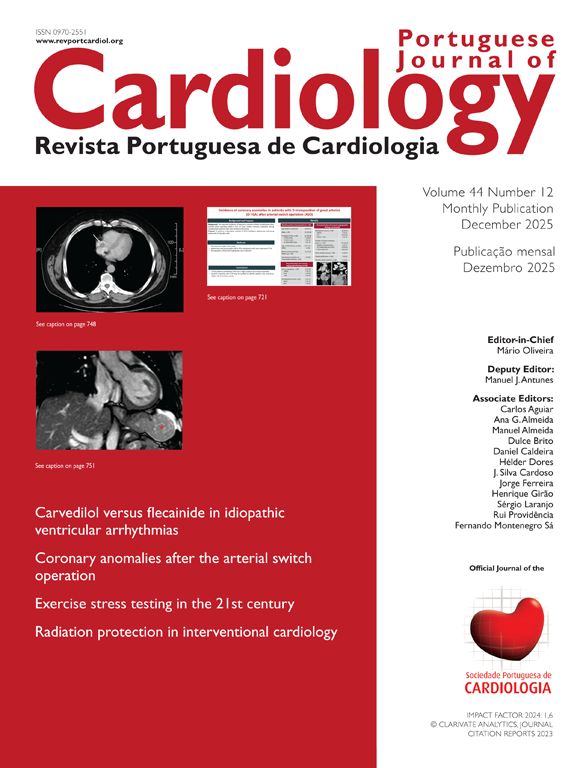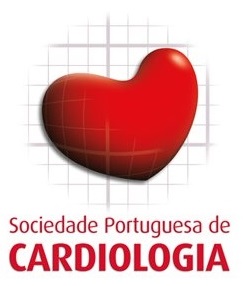Interventional electrophysiology has experienced a remarkable evolution with significant advances in diagnostics, ablation techniques, and device-based therapies. However, these procedures still rely heavily on fluoroscopic guidance, subjecting both patients and healthcare professionals to ionizing radiation – an inherent compromise that warrants critical evaluation.
With an estimated 40% of all medical radiation exposure attributable to cardiology procedures, electrophysiologists and their teams are among the healthcare professionals the most chronically exposed to x-rays.1–3 Although individual procedural doses may be modest, the cumulative burden over years of practice is considerable, with measurable consequences for all those routinely exposed.
The adverse effects of ionizing radiation are well-documented and include both deterministic and stochastic effects.1,3,4 Deterministic effects occur when radiation doses exceed specific thresholds and manifest as tissue changes days to months after exposure. These include cataracts, dermatitis, bone necrosis, and musculoskeletal injuries related to the heavy protective gear worn during fluoroscopic procedures. In contrast, stochastic effects relate to the probability – rather than severity – of developing disease, occurring in a non-linear fashion with any amount of radiation exposure. In these cases, DNA damage may activate oncogenic pathways, ultimately resulting in cancer, particularly of the brain and hematologic systems.
Radiation-induced effects can also be acute or cumulative, with the extent and timing of injury depending on the total exposure and effects that may emerge many years after the initial exposure. These risks are especially relevant in specific populations, such as obese and pregnant patients, pediatric patients with congenital heart disease, individuals undergoing repeated interventions, and operators.1,3–5 Indeed, fluoroscopy-guided catheter ablation procedures can deliver radiation doses up to 25 mSv per case – orders of magnitude higher than conventional diagnostic imaging.
For reference, a standard chest radiograph corresponds to approximately 0.02 mSv; a diagnostic electrophysiology study (EPS) typically involves around 3.2 mSv (equivalent to about 160 chest X-rays), an atrioventricular nodal reentrant tachycardia ablation about 4.4 mSv (220 chest X-rays), and atrial fibrillation (AF) ablation approximately 16.6 mSv (830 chest X-rays). These values highlight the substantial radiation-associated burden of repeated procedures for both patients and healthcare professionals.6 A patient may have a cumulative effective dose of 100 mSv after undergoing four ablation procedures and two or three CT scans – an exposure level associated with an additional cancer risk of approximately 1 in 100. On the other hand, experienced cardiac electrophysiologists, who typically receive an annual radiation dose of around 5 mSv, have an equivalent estimated lifetime cancer risk (fatal or non-fatal) of roughly 1 in 100.1,3–7
Since no safe threshold for radiation exposure can be definitively established, and the most acceptable level is essentially no radiation, the as low as reasonably achievable principle has become a fundamental guideline in procedural disciplines reliant on fluoroscopy.6,7 Therefore, several technological advances have emerged as potential solutions to minimize radiation exposure. The evolution of three-dimensional (3D) electroanatomical mapping systems and intracardiac echocardiography has enabled a progressive shift toward “minimal-fluoroscopy” and, in selected cases, “zero-fluoroscopy” ablation workflows. These technologies not only reduce radiation exposure but also provide valuable information about heart anatomy and electrical activity, potentially improving procedural outcomes and patient safety.8–10 However, widespread adoption remains limited by costs, training requirements, and resistance to changing well-established procedural standards, where fluoroscopy is still regarded as an irreplaceable safety net.1,9
In this context, the study by Jacinto et al. in this issue of the Portuguese Journal of Cardiology offers timely and important real-world evidence regarding the safety and efficacy of fluoroless cavotricuspid isthmus (CTI) ablation for typical atrial flutter (AFL) 6
Cavotricuspid isthmus-dependent flutter is among the most amenable arrhythmias to non-fluoroscopic ablation, offering a simplified anatomy and a clearly defined ablation target. Thus, it serves as an ideal model to test the feasibility of fluoroless workflows. While previous literature has supported fluoroless ablation for supraventricular tachycardias, atrioventricular nodal reentrant tachycardia and even AF, fewer studies have focused specifically on AFL in a comparative setting.1,8–10
The authors conducted a retrospective, single-center analysis of 324 CTI ablation procedures performed over a 12-year period (2010–2022), comparing outcomes between fluoroscopic and fluoroless approaches. In this analysis, 31 patients (9.6%) underwent ablation without fluoroscopy using 3D mapping, while 293 patients received treatment with fluoroscopic guidance (with or without 3D mapping support). Despite the relatively small sample size of the fluoroless group, the findings are robust: shorter radiofrequency (8±4 minutes vs. 14±11 minutes) and total procedural times (60±20 minutes vs. 99±45 minutes) and no significant differences in one-year AFL recurrence (18% vs. 13%; p=0.501). Additionally, the absence of acute complications in both groups reinforces the safety of a fluoroless strategy, provided that it is performed by skilled operators.
As acknowledged by the authors, the study also has design-inherent limitations. The retrospective nature introduces potential selection bias, particularly in the choice of fluoroscopy versus non-fluoroscopy, which may reflect operator comfort or patient characteristics not captured in the dataset. Another confounder lies in the temporal evolution of technology. Fluoroless procedures were more likely to be performed in recent years, during which both operator experience and mapping systems have improved substantially. Thus, some of the observed differences may partially reflect technological progress rather than the inherent advantages of fluoroless techniques. Whether these results are generalizable to centers with lower procedural volumes or less experience with 3D systems remains uncertain.
One aspect that would benefit from further clarification is the subgroup analysis regarding procedural duration. While the authors report significantly shorter procedure times in the fluoroless group, the analysis seems to compare fluoroscopic procedures with and without 3D mapping, rather than distinguishing three separate groups: fluoroless, fluoroscopic with 3D and fluoroscopic without 3D. Since all fluoroless procedures were performed with 3D mapping by design, this may limit the ability to isolate the specific contribution of fluoroscopy avoidance to procedural efficiency.
In the current era, with the widespread use of 3D electroanatomic mapping systems, it is reasonable to expect that fluoroless ablation would require similar or slightly longer procedural times than fluoroscopic ablation. This should be interpreted as a favorable outcome, not as a limitation, given the substantial advantage of eliminating radiation exposure. Additionally, differences in procedural characteristics or ablation protocols – such as the type of ablation catheter or the use of sheaths (steerable or visualizable) – may have also influenced the study outcomes, such as RF delivery time and the efficacy of the ablation.
Nevertheless, the authors provided a valuable contribution by reinforcing a critical and growing consensus: in appropriately selected cases, fluoroless ablation is not only feasible but desirable. The reduction in radiation exposure, elimination of lead apron burden, and comparable clinical outcomes make it an effective and safer approach.
That said, the transition to fluoroless electrophysiology remains far from complete. Broader implementation will depend on the integration of fluoroless techniques into training curricula and institutional protocols, as well as investment in appropriate technology. For this to be possible, changing clinicians’ perceptions – many of whom remain unaware of or tend to underestimate the true magnitude of radiation's risks – will be key to advancing practice.1,9
Continued accumulation of evidence, including randomized trials and cost-effectiveness analyses, particularly for procedures with higher fluoroscopy dependence, such as AF and ventricular tachycardia ablation, is essential to facilitate a gradual transition toward safer procedural standards.
Conflicts of interestThe author has no conflicts of interest to declare.




